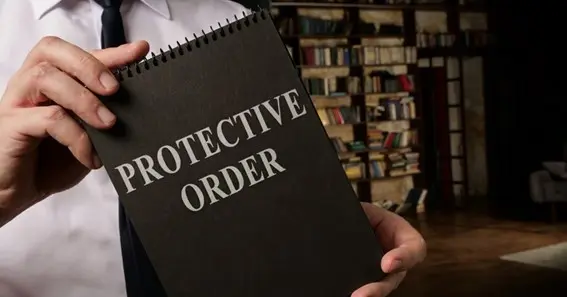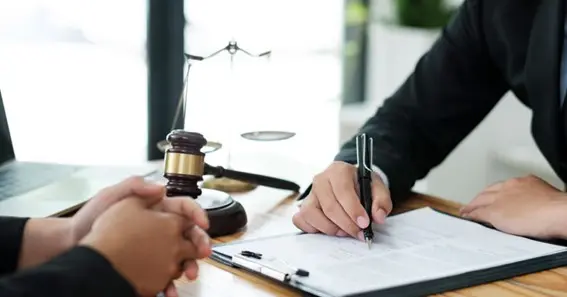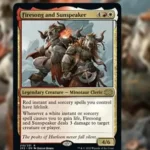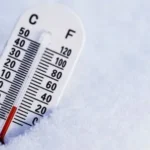What is a protective order? This question concerns a crucial legislative mechanism that safeguards abused and endangered persons. A protective order prevents harassment, stalking, and injury. Threatened people might use this legal option to feel protected through judicial action. This article further discusses on what is a protective order, functions, enforcement, pros, cons, and meaning.
What Is A Protective Order?
A court’s protection order forbids one individual from approaching another. People search for it after physical abuse, stalking, harassment, or threats. Protective orders limit the responder’s actions to keep the petitioner safe.
Protective orders cover different things and stay longer depending on the threat and scenario. They may say the respondent can’t touch the petitioner and must remain away. Other family or household members may be affected. You may be arrested and punished for violating a protection order. This was a briefing on what is a protective order.
Types Of Protective Orders

After getting to know what is a protective order, let’s discuss its types. Each sort of protective order addresses a particular threat or scenario. Emergency, interim, and permanent protection orders are most common.
Emergency protection orders (EPOs) are issued for immediate safety. They are frequently issued ex parte to safeguard the person awaiting a complete hearing. Usually, EPOs endure a few days to weeks.
TPOs are issued after the first meeting. These can last months and protect individuals. These orders safeguard the person while the case is investigated or settled based on meeting information.
A complete court sitting when the petitioner and defendant present their cases results in permanent protection orders (PPOs). These restrictions can last years and be renewed if the threat persists. PPOs offer the highest long-term safety.
Obtaining A Protective Order
To receive a protective order, the individual who desires security must petition. Medical documents, police reports, and witness statements are frequently included in the petition to describe the abuse, threats, or harassment.
If someone requires immediate safety, the court may grant an emergency protection order after filing the case. This arrangement is transitory. Court proceedings are expected in a few days or weeks. The petitioner and defendant present their cases at the meeting. Before issuing a temporary or permanent protection order, the court will review the evidence and hear the witnesses.
If the court grants the protection order, it will outline the defendant’s obligations. These requirements may include not talking to the petitioner, keeping away, and giving up firearms. The responder must follow the command.
Protective Order Enforcement
Protective orders must be followed to safeguard the petitioner. The orders are stored in law enforcement files for police and other officials to locate, helping to discover and fix breaches quickly.
If the respondent violates the protection order, petitioners should notify the police. Police may charge the responder for violating the order, which is a serious crime that can result in jail time.
Protective Order Benefits

Protective orders can aid abused or threatened persons in several ways. One of its finest features is that it makes you feel comfortable immediately. Victims of assault or abuse often find consolation in knowing the law prevents further damage.
Protective orders empower victims by giving them a formal tool to oppose abusers. This can aid recovery by giving individuals control over their lives again. Breaking a protective order might result in judicial sanctions, which may deter further abuse.
Challenges In Obtaining And Enforcing Protective Orders
Protective orders have numerous benefits, but acquiring and following them may be difficult. The requirement to show anything to acquire an order is a major issue. If there’s little physical evidence or the abuse is primarily mental, the petitioner must prove enough risk or abuse.
Response backlash is another issue. A protection order may escalate threats or violence, so it is important to have a full safety strategy before seeking one.
Protective Order Implications
Protective orders have significant effects on both parties. The petitioner may need a protection order to be safe and healthy. They can provide formal security and control, allowing people to address their predicament and seek aid.
Protected parties might suffer legal and emotional harm from protective orders. Breaking the injunction might result in criminal prosecution, fines, or jail time. Safety orders may damage a person’s reputation, career, and relationships.
Protective orders affect society, too. They emphasize the need to address domestic violence, harassment, and stalking and for the law to protect the vulnerable. Prohibition orders legally protect people, making society better and fairer.
Conclusion
Finally, a protection order can prevent abuse, harassment, and threats. Protective orders keep vulnerable persons safe and healthy and help ensure folks get and follow through. Although they can be difficult to get and enforce, their advantages and impacts demonstrate their importance in the legal system. Protective orders against violence and abuse are still vital to justice and safety. This was a brief article on what is a protective order.
FAQ
What Is A Protective Order?
A protection order is a court order prohibiting touching or approaching. Domestic violence, stalking, harassment, and threats frequently warrant it.
How Do I Acquire Protection Orders?
You must file a court lawsuit outlining the abuse or threats and providing proof. The court might issue a short-term injunction and then convene a hearing to decide on a longer-term one.
What Happens If A Protective Order Is Broken?
Breaking a protection order can result in arrest, criminal charges, fines, or jail time. The petitioner should report infractions immediately to the police.
Can Protective Orders Be Renewed?
Protective orders can be renewed if the threat persists. The deadline extension request must be made to the court, which will decide based on the evidence and context.
How Can Restraining Order Holders Get Help?
Therapy, legal aid, and emergency shelter are available to protection order holders. Safety order recipients can use tools and initiatives to start afresh in many areas.
Sources:










